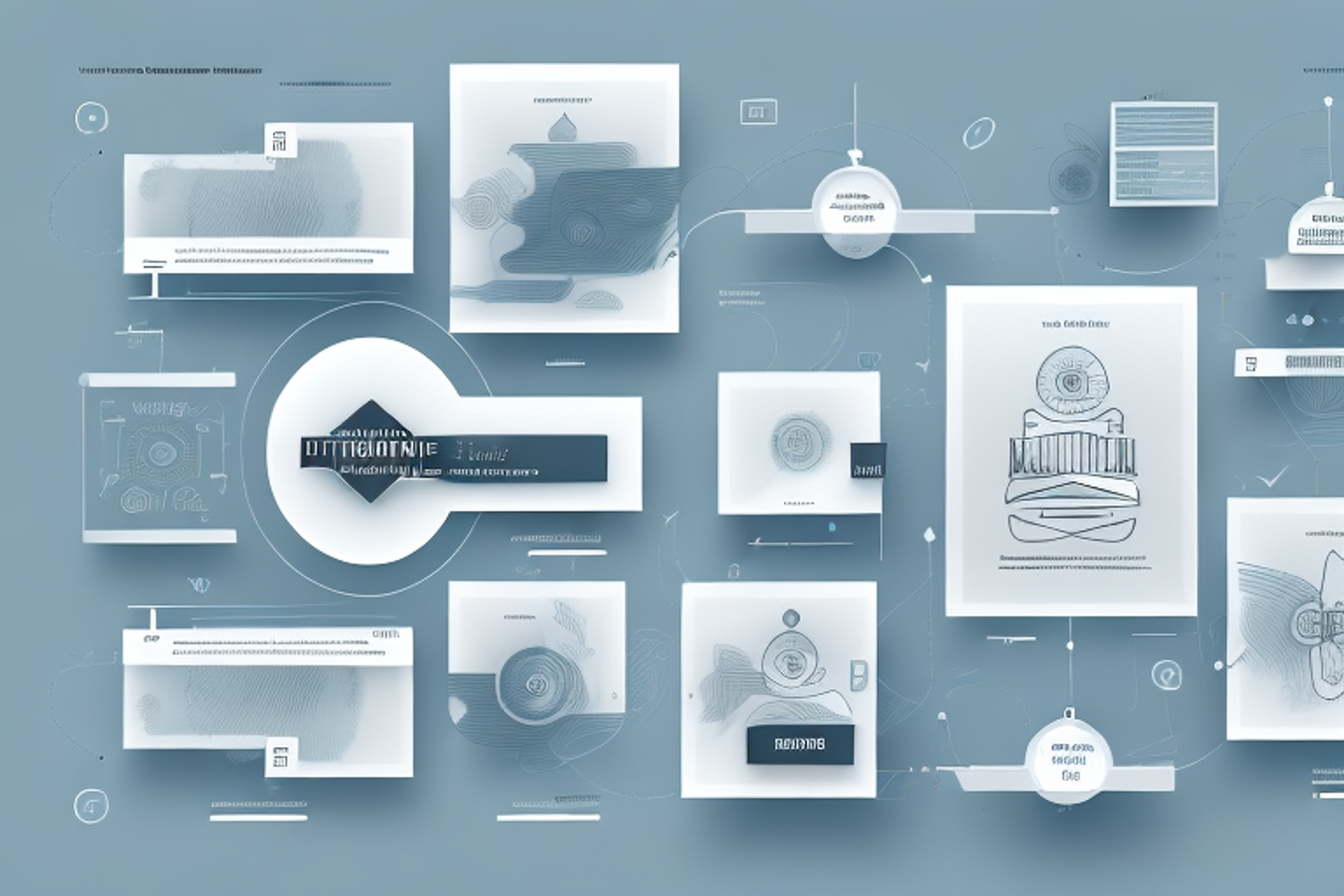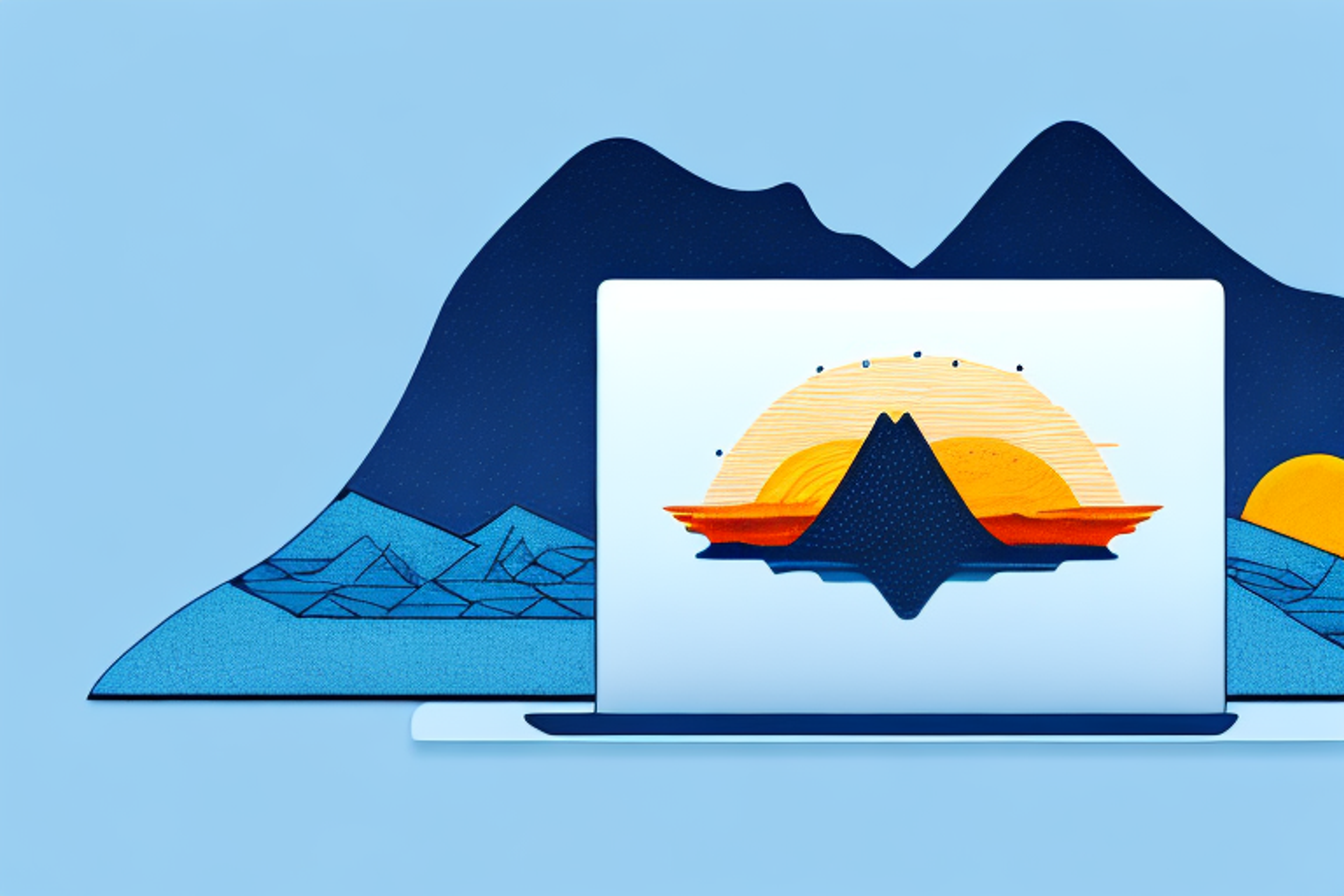How to Get Into UX Design in the Software Engineering Field
Looking to break into the world of UX design in software engineering? This article provides a comprehensive guide on how to get started, including tips on building your portfolio, networking, and gaining relevant skills.
Posted April 10, 2025

Table of Contents
The field of software engineering has become more complex and demanding over the years, and with this has come the need for user experience (UX) designers. These professionals are responsible for creating interfaces that are intuitive, functional, and visually appealing, with the goal of enhancing the user experience. In this article, we'll explore what UX design is, why it's vital in software engineering, and how to pursue this career path.
What is UX Design and Why is it Important in Software Engineering?
UX design refers to the process of creating interfaces that meet the needs and expectations of users. It entails designing an interface that is consistent, intuitive, and easy to navigate. It is also about improving the user's relationship with a product, making the experience more enjoyable and satisfying. UX design is critical in software engineering because it ensures the development of user-focused products that are more likely to be successful.
One of the key aspects of UX design is user research. This involves gathering data on user behavior, preferences, and needs, which is then used to inform the design process. By understanding the user's perspective, designers can create interfaces that are tailored to their specific needs, resulting in a more positive user experience.
Another important aspect of UX design is usability testing. This involves testing the interface with real users to identify any issues or areas for improvement. By testing the interface early and often, designers can make adjustments and improvements before the product is released, resulting in a more polished and user-friendly final product.
The Role of UX Designers in Software Development Teams
The UX designer's role in software development teams is to ensure that the user's needs are met throughout the design process. They play a crucial role in ensuring that the user's requirements are adequately defined, understood, and met. UX designers should work closely with developers, product managers, and other stakeholders to ensure that designs meet the product's goals and objectives.
One of the key responsibilities of UX designers is to conduct user research and gather feedback to inform the design process. This involves conducting surveys, interviews, and usability testing to gain insights into user behavior and preferences. Based on this research, UX designers can create user personas and scenarios that help guide the design process and ensure that the end product meets the needs of the target audience.
Another important aspect of the UX designer's role is to create wireframes, prototypes, and mockups that illustrate the design concepts and user flows. These visual representations help communicate the design ideas to stakeholders and allow for feedback and iteration before the final product is developed. UX designers should also ensure that the design is accessible and meets industry standards for usability and user experience.
Skills You Need to Become a UX Designer in the Software Engineering Field
UX designers need a range of skills to be effective in their role. These include design skills, research and analysis skills, communication skills, and technical skills. An excellent UX designer should also have a solid understanding of product design principles, an eye for detail, and the ability to work efficiently with a team.
One of the most important skills for a UX designer is empathy. A UX designer needs to be able to put themselves in the shoes of the user and understand their needs, wants, and pain points. This requires a high level of emotional intelligence and the ability to listen actively to feedback from users.
Another important skill for a UX designer is the ability to stay up-to-date with the latest design trends and technologies. This means constantly learning and experimenting with new tools and techniques, as well as staying informed about emerging trends in the industry. A UX designer who is able to stay ahead of the curve will be better equipped to create innovative and effective designs that meet the needs of users.
How to Build a Strong Portfolio as a UX Designer
A strong portfolio is essential in showcasing a UX designer's skills and abilities to potential employers. A well-designed portfolio should include a combination of case studies, visuals, and user feedback. It is also advisable to display a range of design skills, such as information architecture, interaction design, and visual design. A strong portfolio demonstrates a UX designer's expertise and capabilities in their craft.
One important aspect to consider when building a strong portfolio as a UX designer is to tailor it to the specific industry or company you are applying to. Research the company's values, mission, and design style, and incorporate those elements into your portfolio. This shows that you have a deep understanding of the company and can create designs that align with their brand. Additionally, including personal projects or passion projects can showcase your creativity and passion for UX design, which can set you apart from other candidates.
Top Tools and Technologies Used by UX Designers in Software Engineering
To be effective, UX designers need to have a solid understanding of the tools and technologies used in software engineering. Some popular tools include Sketch, Figma, InVision, and Adobe Creative Suite. Additionally, UX designers need to be familiar with software development tools such as GitHub, JIRA, and Trello. A comprehensive understanding of the latest software engineering technologies and tools is a must-have skill for a UX designer in today's job market.
One of the most important aspects of UX design is user research. UX designers need to conduct user research to understand the needs and preferences of their target audience. To do this, they use tools such as surveys, interviews, and usability testing. These tools help UX designers to gather valuable insights that inform the design process and ensure that the end product meets the needs of the users.
Another important skill for UX designers is prototyping. Prototyping allows designers to create a working model of their design, which they can test and refine before the final product is developed. There are many prototyping tools available, such as Axure, Balsamiq, and Proto.io. A good UX designer should be proficient in using these tools to create effective prototypes that accurately represent the final product.
Networking and Career Opportunities for UX Designers in the Software Engineering Field
Networking is essential for career progression in the software engineering field. A formidable network creates opportunities for knowledge sharing, job referrals, and industry connections. UX designers can network by attending industry events, joining industry-specific communities, and keeping in touch with colleagues and mentors. Career opportunities for UX designers in the software engineering field are extensive, with many companies seeking skilled individuals to join their teams.
One way for UX designers to expand their career opportunities is by specializing in a particular area of software engineering. For example, a UX designer who specializes in mobile app design may have more job opportunities in companies that focus on mobile app development. Additionally, staying up-to-date with the latest software engineering trends and technologies can also increase career opportunities for UX designers.
Another important aspect for UX designers in the software engineering field is to have a strong portfolio. A portfolio showcases a designer's skills and experience, and can be used to impress potential employers or clients. UX designers can create a portfolio by showcasing their best work, including case studies and user research, and by highlighting their design process and problem-solving skills.
Common Challenges Faced by UX Designers in Software Engineering and How to Overcome Them
UX designers typically face numerous challenges in the software engineering field, such as dealing with tight deadlines, differing personal and team objectives, and technical hurdles. To overcome these challenges, UX designers should communicate effectively, prioritize tasks efficiently, embrace flexibility, and foster positive relationships with their team members.
Another challenge that UX designers face is the need to constantly adapt to new technologies and design trends. With the rapid pace of technological advancements, it can be difficult to keep up with the latest tools and techniques. To overcome this challenge, UX designers should invest time in learning and staying up-to-date with the latest design trends and technologies. They can attend conferences, workshops, and online courses to enhance their skills and knowledge.
Additionally, UX designers may face challenges in getting buy-in from stakeholders and decision-makers. This can be due to a lack of understanding of the value of UX design or a misalignment of priorities. To overcome this challenge, UX designers should educate stakeholders on the importance of UX design and its impact on user satisfaction and business success. They can also collaborate with stakeholders to align objectives and goals, and demonstrate the value of UX design through user testing and feedback.
Tips for Effective Collaboration Between UX Designers and Developers in Software Engineering Projects
Collaboration between UX designers and developers is a critical component of success in software engineering. Both teams should work closely to create optimal user experiences. To ensure effective collaboration, UX designers should embrace an iterative design approach, involve developers early on in the design process, and be open to feedback and critique from the development team.
The Future of UX Design in the Software Engineering Field
The future of UX design in the software engineering field looks bright, with more companies recognizing the value of user-centered design. The industry is already experiencing a shift towards AI, AR, and VR technologies, which will have a significant impact on the UX design process. As such, UX designers will need to remain up-to-date with the latest technologies and design principles to remain relevant.
Overall, pursuing a career in UX design within software engineering is an excellent choice for individuals with an interest in designing optimal user experiences for digital products. By gaining relevant skills, building a compelling portfolio, networking effectively, and staying up-to-date with the latest technologies, individuals can position themselves for a successful career in this field.











